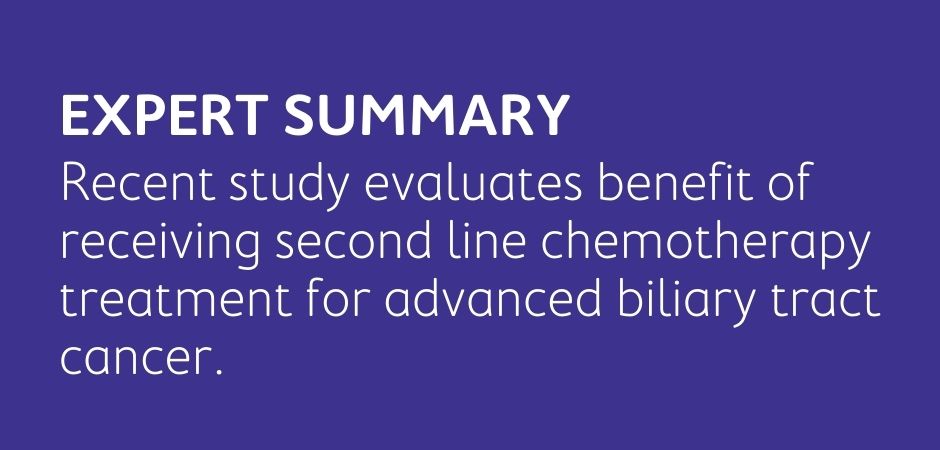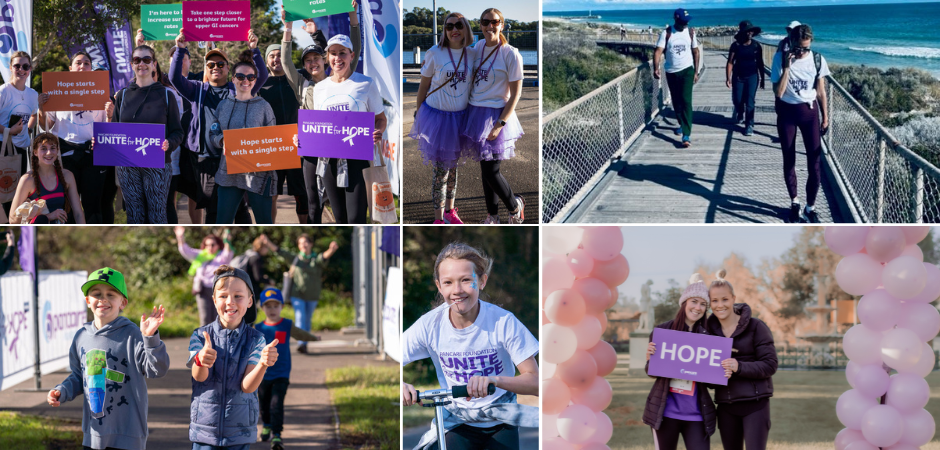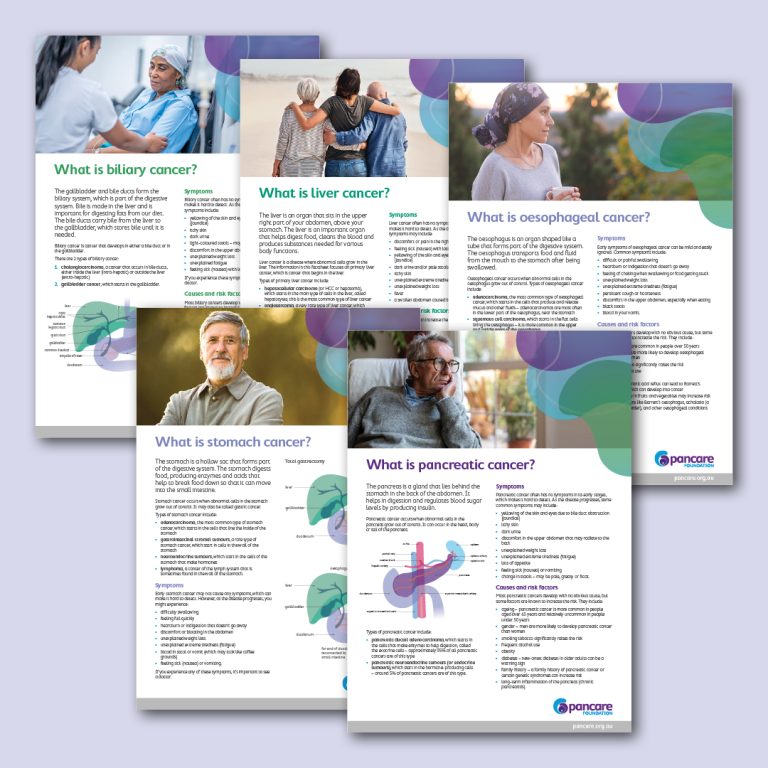
Key message from Lamarca et al., The Lancet Oncology 2021, 22: 690-701:
- This is the first randomised trial which supports the use of second line chemotherapy in patients with advanced biliary tract cancers whose cancers have progressed on standard first-line Gemcitabine and Cisplatin chemotherapy in the absence of an available clinical trial or targetable mutations.
- Patients with advanced biliary tract cancer receiving second-line FOLFOX chemotherapy and active symptom control (ASC) are more than twice as likely to be alive at 12 months compared to those on ASC alone, with a modest increase in treatment-related side effects.
Discussion points from expert reviewer, A/Prof Zee Wan Wong
- The prognosis for advanced biliary tract cancer (including cholangiocarcinoma and cancers of the gallbladder and ampulla of Vater) is very poor. Patients with advanced biliary cancer often experience rapid decline following progression on first-line chemotherapy and only 15-25% are offered second line treatment. Currently, there is no standard second line therapy for patients who have progressed, apart from early identification of potentially targetable mutations which are not routinely funded outside of clinical trials in addition to ASC or management of biliary tract and cancer-related complications and symptoms.
- This study evaluated the benefit of receiving second line chemotherapy treatment once the cancer has progressed following first line cancer therapy.
- The trial enrolled 162 fit patients across 20 centres, aged 18 or older in the UK with good performance status (ECOG 0-1) who were randomised to FOLFOX chemotherapy (Oxaliplatin, Leucovorin and 5-Fluorouracil) given every 2-weekly for a maximum of 12 cycles and ASC versus ASC alone.
- The majority (>80%) of patients in the trial had metastatic disease (cancer which has spread beyond the biliary tract to other organs) with the commonest cancer type (>40%) being intrahepatic cholangiocarcinoma (cancer arising from bile ducts within the liver).
- Results from the trial found that more patients were alive at 6 and 12 months if they received FOLFOX and ASC compared with ASC alone (50.6% vs 35.5% and 25.9% vs 11.4% respectively), even though the absolute median overall survival benefit was modest (6.2 months vs 5.3 months).
- There was a higher rate of severe side effects in the chemotherapy group (69% versus 52%).
- Molecular profiling and the use of targeted therapies (ie. FGFR2 and IDH1 inhibitors) were not available for participants on this study.
About Associate Professor Zee Wan Wong, Pancare Medical Advisor

A/Prof Zee Wan Wong is the Head of the Oncology Unit at Peninsula Health and the Joint Clinical Director of Southern Melbourne Integrated Cancer Services. She is passionate about improving outcomes of cancer patients and has key interests in breast and gastrointestinal cancers.
Zee Wan is a current board member of Cancer Trials Australia. Besides being actively involved in clinical trials, she is a member of the AGITG Lower GI Working Group and BCT NeoN Steering Committee. In addition to being on the Steering Committee of the Victorian Tumour Summits, she is also part of the Working Groups for both the Colorectal and Oesophagogastric Tumour Summits. Zee Wan co-chairs the Victorian COVID-19 Cancer Network (VCCN) Taskforce and the VCCN Telehealth Expert Working Group. She also holds memberships for the Cancer Expert Reference Group and the Medical and Scientific Committee of Cancer Council Victoria. Zee Wan has presented at both local and international cancer conferences and has numerous publications to her name.
Reference
A Lamarca, D H Palmer, H S Wasan, P J Ross, Y T Ma, A Arora, S Falk, R Gillmore, J Wadsley, K Patel, A Anthoney, A Maraveyas, T Iveson, J S Waters, C Hobbs, S Barber, W D Ryder, J Ramage, L M Davies, J A Bridgewater, J W Valle, on behalf of the Advanced Biliary Cancer Working Group. Second-line FOLFOX chemotherapy versus active symptom control for advanced biliary tract cancer (ABC-06): a phase 3, open-label, randomised, controlled trial. Lancet oncol 2021, 22: 690-701.
Read more . . .




